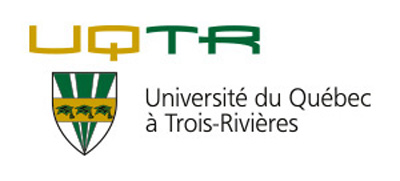Related projects
Discover more projects across a range of sectors and discipline — from AI to cleantech to social innovation.
Mitacs brings innovation to more people in more places across Canada and around the world.
Learn MoreWe work closely with businesses, researchers, and governments to create new pathways to innovation.
Learn MoreNo matter the size of your budget or scope of your research, Mitacs can help you turn ideas into impact.
Learn MoreThe Mitacs Entrepreneur Awards and the Mitacs Awards celebrate inspiring entrepreneurs and innovators who are galvanizing cutting-edge research across Canada.
Learn MoreDiscover the people, the ideas, the projects, and the partnerships that are making news, and creating meaningful impact across the Canadian innovation ecosystem.
Learn MoreThe scope of this project is to use acoustic data from long-baseline arrays of hydrophones to detect, locate, and track marine mammals based on their vocalization. Specifically, the project aims to assess methods and develop automated tracking algorithms that provide accurate results for individual signals, and a maximum of flexibility regarding the channel, array, and signal characteristics. In cooperation with our industry partners — WWF-Canada, the Gitga’at First Nation, and the North Coast Cetacean Society — we will use the results to analyze the detailed movement pattern for a broad range of vocalizing marine mammals and their interdependency with human activities, such as ship traffic. The work will be conducted for the culturally, ecologically, and economically important marine environment around Gil Island in northern British Columbia and will make use of the sophisticated hydrophone array installed in Squally Channel. At this point, efficient, widely applicable tools for automated transient signal tracking do not exist for civilian long baseline hydrophone arrays, despite the high demand from industry, research, and government. The applications for such tracking tools range from facilitating port security to studies of marine habitat usage, or tracking species at risk.
Aaron Gulliver
Benjamin Hendricks
World Wildlife Fund
Engineering - computer / electrical
Environmental industry
University of Victoria
Elevate
Discover more projects across a range of sectors and discipline — from AI to cleantech to social innovation.
Find the perfect opportunity to put your academic skills and knowledge into practice!
Find ProjectsThe strong support from governments across Canada, international partners, universities, colleges, companies, and community organizations has enabled Mitacs to focus on the core idea that talent and partnerships power innovation — and innovation creates a better future.













































































































































































































































































































